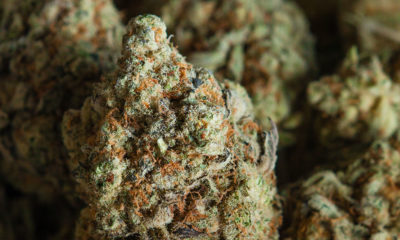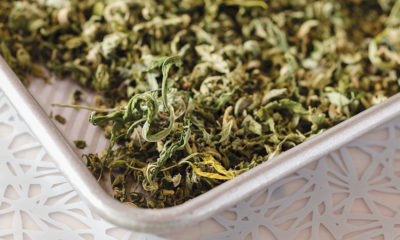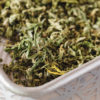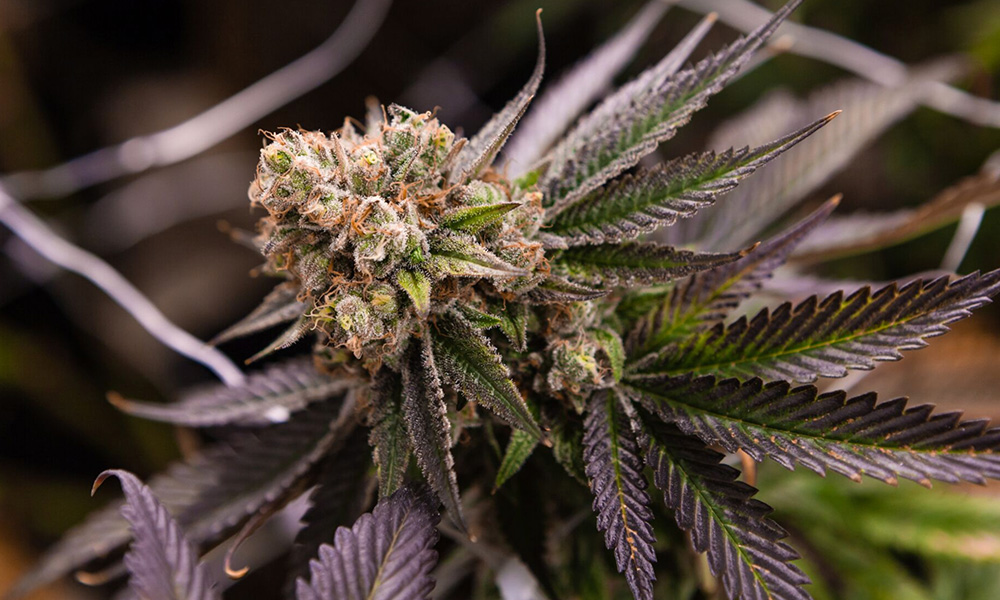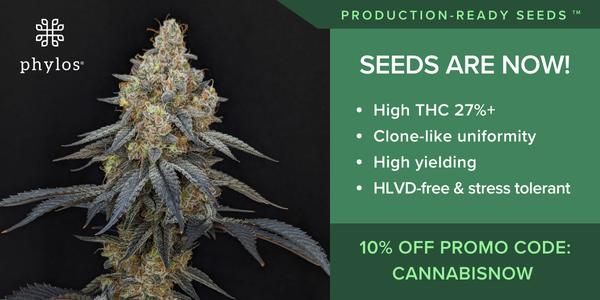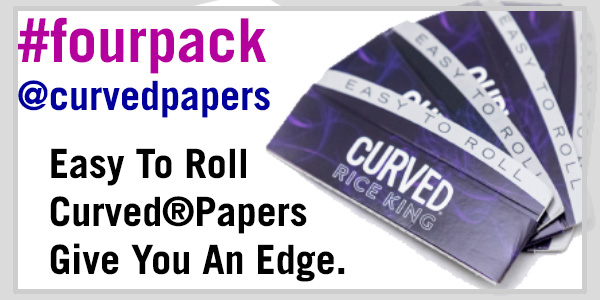Driving while stoned is many things. It’s selfish and irresponsible, because cannabis is almost certainly impairing, which also makes it unsafe. It’s also risky and something you shouldn’t do it on any day, especially not on April 20, when police will be looking for 420 dummies. But one thing it is not is an equivalent to drunk driving.
This is a true and accurate statement according to research, but also true for another reason: In terms of metrics, impairment due to cannabis cannot be accurately measured like impairment due to alcohol.
And yet treating the two similarly was the approach taken by the first few states to legalize cannabis. After all, legalization’s early tagline was to regulate marijuana “like alcohol” — even though this was an approach that marijuana advocates immediately warned was arbitrary and unscientific, a contention they backed up with data.
This realization has dawned on authorities slowly. Research has substantiated the fact that quantitative limits don’t make sense for baked drivers. Courts have tossed out driving-while-high cases because of it and blue-ribbon panels commissioned by states to dig deeper have agreed: alcohol-like “intoxication thresholds” do not accurately measure intoxication due to cannabis.
That said, “being too high to drive” is absolutely a thing. So how high is it? The University of Colorado’s School of Public Health wants to find out.
Dude, Should I Get in My Car?
A research team led by physician and medical school professor Michael Kosnett would like you to volunteer to host your own personal 420 and then try to operate a simulated motor vehicle — all to help them figure out what “too high to drive” looks like and how to measure it.
As Leafly recently reported, university researchers are currently recruiting for a study that aims to be more accurate and useful than prior research on the topic. For one, the study will ask participants to use their own cannabis before stepping into the driving simulator rather than government-supplied “research-grade” weed, which we know to be bunk stuff.
They’ll also be using cannabis in a way that conforms to their existing consumption habits — participants will be divided into three cohorts based on frequency of use (occasional, daily, and non-users). In this way, it is hoped, the researchers will be able to declare if a threshold of, say, 5 nanograms of THC per milliliter of blood means something different for someone who rarely uses cannabis than it does for someone who behaves as if 420 is every day.
Remember that alcohol is water-soluble. Water cycles in and out of your mostly-water body very quickly, meaning that a test like roadside breathalyzers are good indicators of how much alcohol is active in your system, and thus a good measure of how intoxicated you are.
Cannabis, by contrast, is fat-soluble. Traces of cannabis use, called cannabis metabolites, linger around in fat cells for hours, days, or (in serious cases) a week or more after the cannabinoid receptors are no longer activated.
Also remember that operating a motor vehicle for much of the post-World War II era was a game of chance. Two simple innovations — mandatory safety belts, and an aggressive public awareness/law-enforcement campaign against driving while intoxicated by alcohol — are credited with reducing road injuries and deaths, to such an extent that they are often called two of the greatest public safety innovations since food and medicine inspections.
So everyone, from cannabis users and advocates to prohibitionists, should be able to find common ground in desiring roadway safety.
“We’ve been very encouraged by the fact that regardless of where people are [with regard to cannabis], there seems to be a consensus that we want people to be safe on the road, and that we want objective tools to evaluate that,” Kosnett told Leafly.
Participants in the study, which runs until June, are run through a battery of tests in the simulator and have their eyes scanned for ocular function, one of the basic roadside sobriety tests performed by police, before and after the driving test.
One thing to keep in mind: The study might not be perfect, as it measures driving ability immediately after getting stoned, according to Leafly’s description. Participants are given 15 minutes to consume as much cannabis as they want via the method they want. They then have a blood sample drawn to measure peak cannabis intoxication. Finally, they are sent to the driving simulator for a half-hour test. The test includes basic driving functions — speed, placement in the lane — but also gauges how a driver will react in avoidance scenarios that require quick decisions when it comes to whether to brake or swerve.
Is hitting a joint a few times the same thing as taking a dab and waiting two hours? What about hitting a 1:1 vape while you drive? The answer, of course, is no — but studies like this are part of a long and slow progression. Until we know more, on 420 and every day, the wisest course of action is to ask yourself if you feel impaired. If the answer is yes, it’s best not to drive.
Because if an officer of the law agrees with your self-assessment, it won’t be good for anyone.
TELL US, how do you know when you’re too high to drive?











